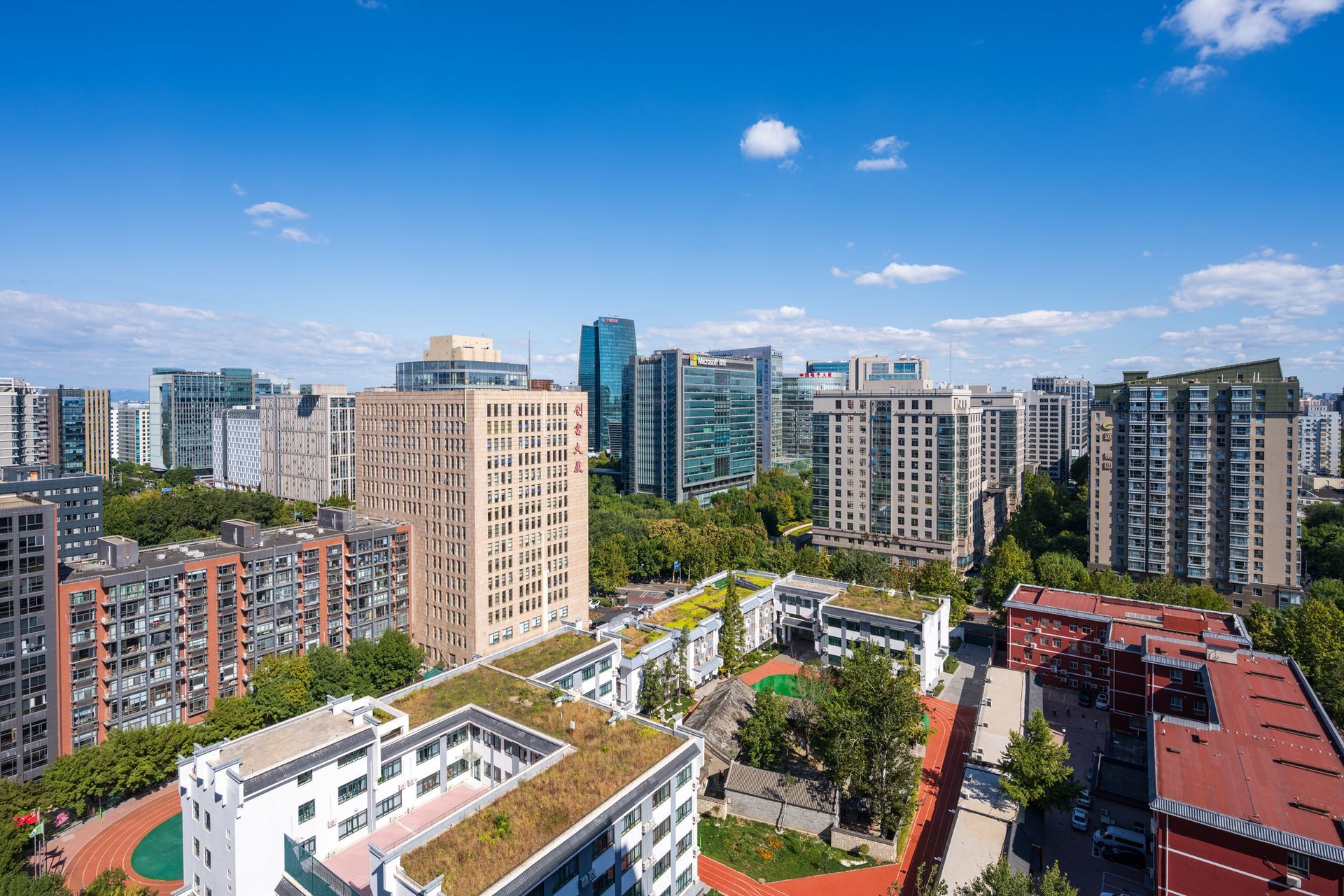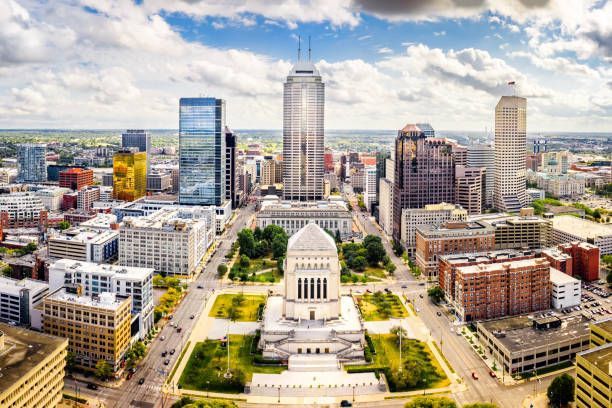Zhongguancun: The Silicon Valley Americans Never Heard Of

Nestled in Beijing’s Haidian District, Zhongguancun is a name that rarely registers in the American imagination, yet it stands as one of the world’s most dynamic technology hubs. Often dubbed "China’s Silicon Valley," this bustling neighborhood has transformed
from a quiet rural outpost into the beating heart of China’s tech revolution. While Silicon Valley conjures images of sleek campuses and startup lore, Zhongguancun’s story is one of grit, government backing, and a relentless drive to innovate—yet it remains
largely overlooked by the Western gaze.
Zhongguancun’s origins are humble. In the 1950s, it was little more than farmland dotted with a few dozen families, overshadowed by the nearby Old Summer Palace. Its transformation began when the Chinese government designated it a "science city," leveraging its proximity to elite institutions like Peking University, Tsinghua University, and the Chinese Academy of Sciences. These academic powerhouses laid the groundwork for what would become a talent-rich ecosystem, churning out engineers and researchers who would
fuel a technological awakening. By the late 1970s, as Deng Xiaoping’s economic reforms opened China to the world, Zhongguancun found itself at the forefront of a new era.
The spark came in 1980 when Chen Chunxian, a physicist inspired by a government-sponsored visit to California’s Silicon Valley, founded the Advanced Technology Service Association in Zhongguancun. Though short-lived, this venture cracked open the door to private enterprise in a nation where state control had long reigned supreme. Soon, the area earned the nickname "Electronics Avenue" as makeshift markets sprang up, selling everything from transistors to early PCs. In 1988, the government officially recognized its potential, naming it the "Beijing High-Technology Industry Development Experimental Zone." From there, Zhongguancun exploded into a hub of innovation.
Today, Zhongguancun is unrecognizable from its pastoral past. Glass towers house tech giants like Lenovo, Baidu, and ByteDance—names that have reshaped global markets. Lenovo, born from the Chinese Academy of Sciences, stunned the world in 2005 by acquiring IBM’s PC division, cementing its status as a top-tier player. Baidu, China’s answer to Google, and ByteDance, the parent of TikTok, trace their roots to this district, where 80 startups are said to launch daily. The area hosts over 10,000 tech firms, employs half a million technicians, and generates revenues exceeding $800 billion annually. Nearly half of China’s "unicorn" startups—those valued at over $1 billion—call Zhongguancun home.
What sets Zhongguancun apart from Silicon Valley is its symbiotic relationship with the state. While Silicon Valley thrives on a libertarian ethos of free markets and minimal regulation, Zhongguancun’s rise owes much to government policies—tax breaks, subsidies, and talent pipelines like the "Talent Green Channel" that lure skilled workers to Beijing. The Chinese Communist Party sees Zhongguancun as a linchpin in its quest to shift from "Made in China" to "Created in China," a narrative of national rejuvenation through technological prowess. Yet this top-down approach has its critics. Some argue it stifles the organic creativity that defines Silicon Valley, pointing to early copycat ventures that mimicked Western models rather than inventing anew.
Still, Zhongguancun’s innovators have proven their mettle. Companies here don’t just replicate—they adapt. Baidu’s search engine caters to Chinese users’ unique browsing habits, while ByteDance’s algorithms have conquered global attention spans. The district’s proximity to top universities ensures a steady flow of brainpower, with over 200 research institutes and a dozen tech parks fostering collaboration. International giants like Google, Intel, and Microsoft have set up shop, drawn by the promise of tax incentives and access to talent. Microsoft’s $280 million research headquarters, completed in 2011, exemplifies Zhongguancun’s pull as a "workshop for the world."
But Zhongguancun isn’t without challenges. Its talent pool, while vast, lacks the diversity of Silicon Valley’s immigrant-driven workforce. Beijing’s smoggy skies and frenetic pace deter some foreign professionals, and the "996" work culture—9 a.m. to 9 p.m., six days a week—has sparked backlash among young workers. Government oversight, too, looms large. Recent crackdowns on tech firms, from gaming to AI, signal a tightening grip that could dampen the entrepreneurial spirit Zhongguancun has cultivated.
For all its achievements, Zhongguancun remains a mystery to many Americans, overshadowed by Silicon Valley’s cultural cachet. Yet its impact is undeniable. As of 2022, its enterprises raked in 8.7 trillion yuan ($1.2 trillion), a 3.5-fold increase from a decade prior. It’s a hub where protests against zero-Covid policies in 2022—amplified by Zhongguancun-born social media—helped topple nationwide restrictions, proving tech’s power to reshape society from the ground up. Zhongguancun may not have Silicon Valley’s fame, but its quiet rise signals a future where China’s tech ambitions could eclipse the West’s—if they haven’t already.



